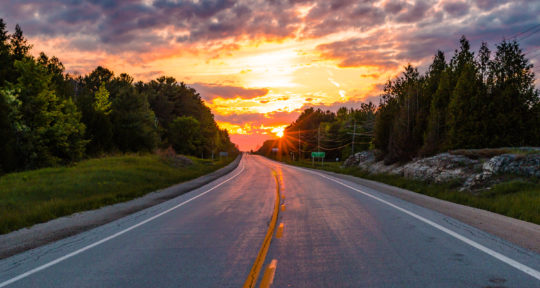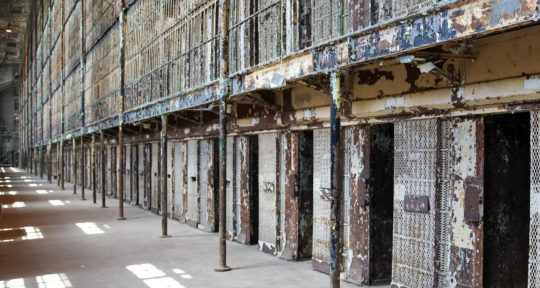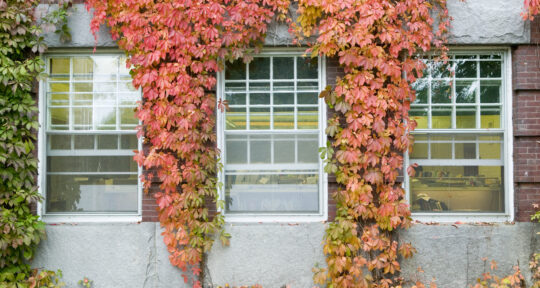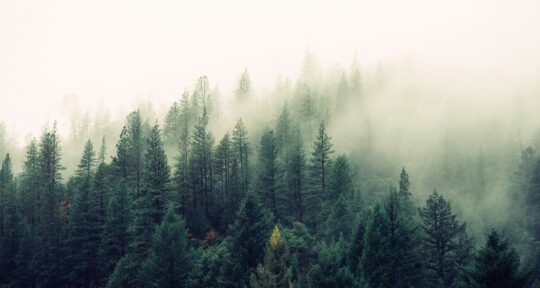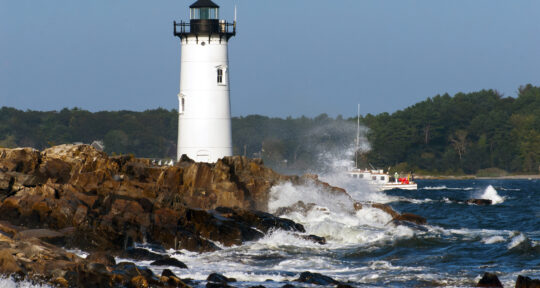Driving through Kansas on I-70, the tiny town of Wilson (population 754) isn’t visible from the interstate. The rolling fields covering much of the Sunflower State give no hints that this is also the “Czech Capital of Kansas.”
I love roadside attractions and my home state, Ohio, is home to a fair number of them, including the basket-shaped Longaberger headquarters in Newark (soon to be a hotel). But during a cross-country road trip with my sister, I’m still surprised by a larger-than-life Easter egg sitting in the middle of Kansas.
As we drive the two miles into Wilson, past hay bales and signs for Wilson Lake State Park, we cross over railroad tracks that divide the town in two and it comes into sight: Sheltered under a huge black and red gazebo sits the 20-foot-tall and 15-foot-wide egg, advertised as “The World’s Largest Czech Egg.”
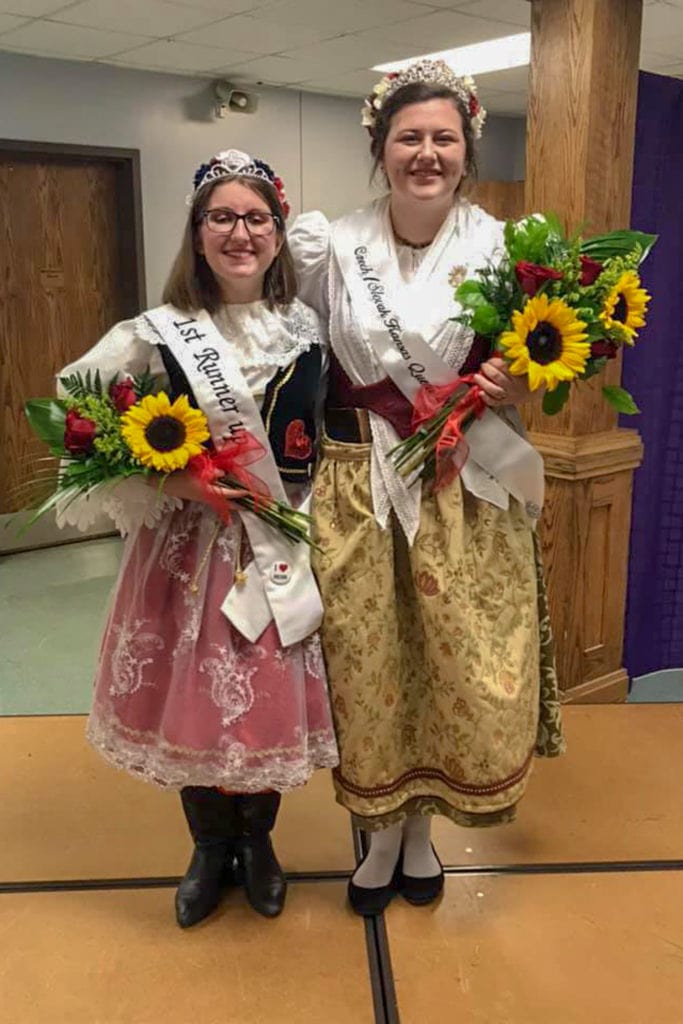
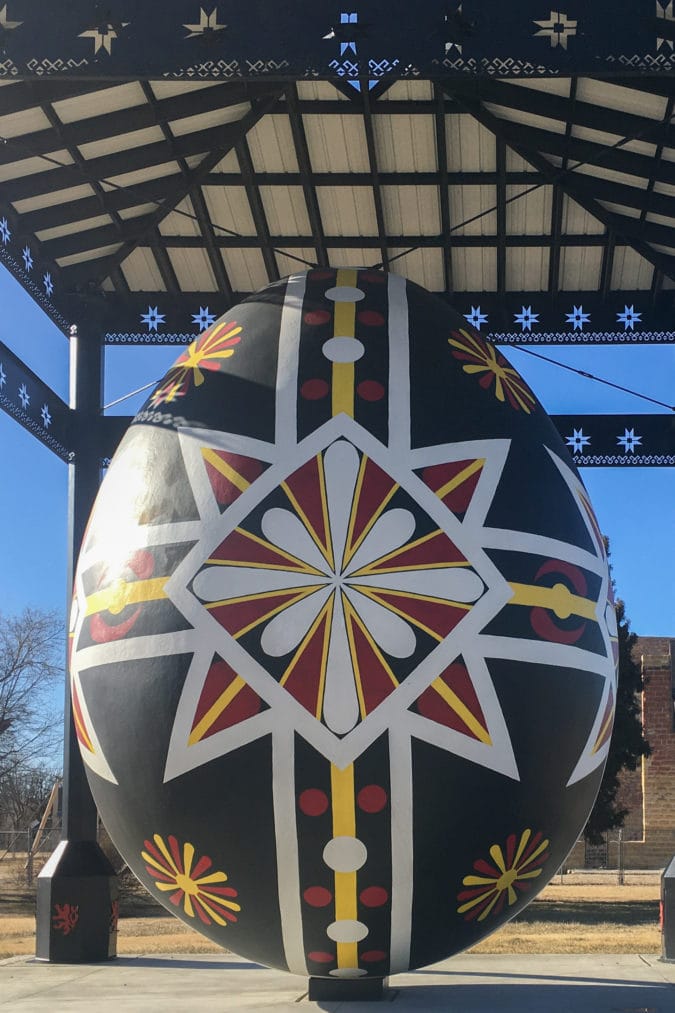
The towering black, red, white, and yellow landmark sits upright in Ed & LaVange Shiroky Park. It was painted in a traditional Czech pattern by local artist Christine Slechta, who is skilled in kraslice, a Czech art of egg decorating. The tradition of hand painting uncooked Easter eggs with beeswax and dye was brought to Kansas by migrants from Bohemia, the westernmost part of what is now known as the Czech Republic.
The fiberglass egg was built in 2012, then sanded and painted by Slechta and an army of volunteers over the next few summers. The completed egg was dedicated and erected in its gazebo in 2016, but the Czech history of Wilson dates back at least to the 1870s.
Czechs in Wilson
Wilson, originally called Bosland, was first settled by Pennsylvanians of English and German descent who planned to raise and trade cattle. But it was the enterprising use of mass media by a Nebraskan that gave Wilson its Czech roots.
“F. J. Swehla was making plans to create a colony for his fellow countrymen from his native Bohemia and was looking for suitable locations to place his colony,” says Joyce Klema Kraus, director of the Wilson Heritage Museum. Kraus’ great-grandparents, Albert and Cecelia Klema, immigrated from Bohemia to the Wilson area in 1876. “[Swehla] advertised heavily in Bohemian newspapers back east and enticed colonies of immigrants, especially from New York City, Cleveland, and Chicago to homestead farms around Wilson,” Klema says.
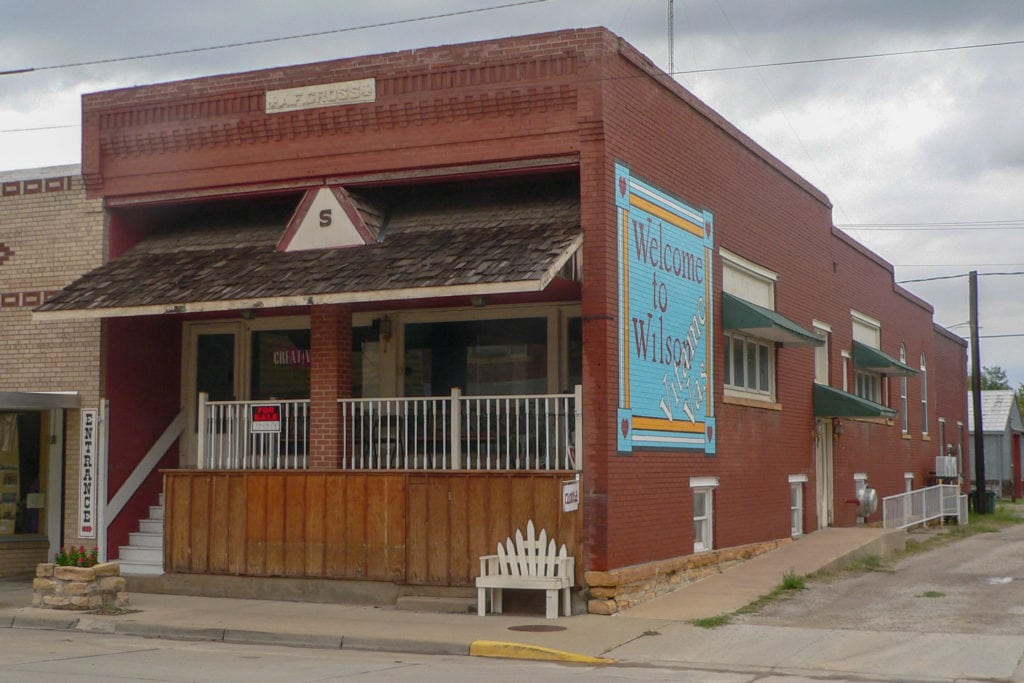
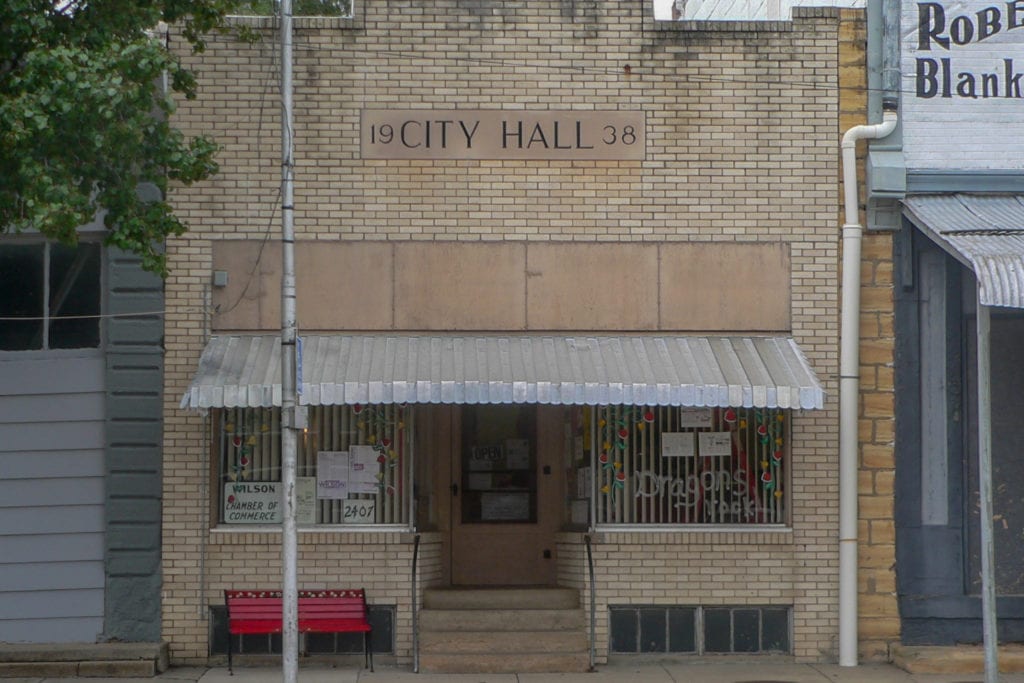
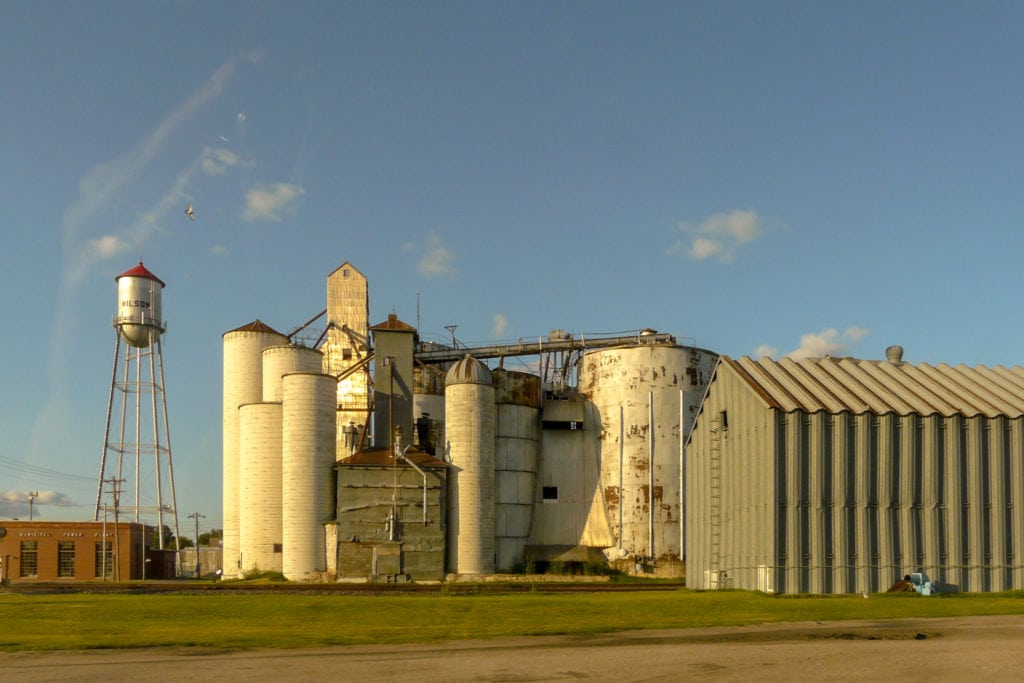
Many Wilson residents claim Czech ancestry and their pride can be seen in the many “Kansas Czech” flags and smaller painted Czech eggs on display around town. But only a few of the residents can still speak the language. Wilson resident and local business owner Jerry Florian’s grandfather came over from Czechoslovakia and settled on the other side of Wilson Lake in 1968. He can only think of a handful of people in town who still speak Czech fluently, which is why he’s encouraging his employees to learn basic Czech phrases to keep the tradition alive.
Florian and his wife Virginia are the grandparents behind Grandma’s Soda Shop, a 1940s-style diner housed in what used to be the town post office. Mailboxes still hang on the wall beneath an ornate tin ceiling. I order two Czech dishes—a burek and a cherry kolach—while perusing the mini Czech language glossary in the menu and framed newspaper clippings on the wall.
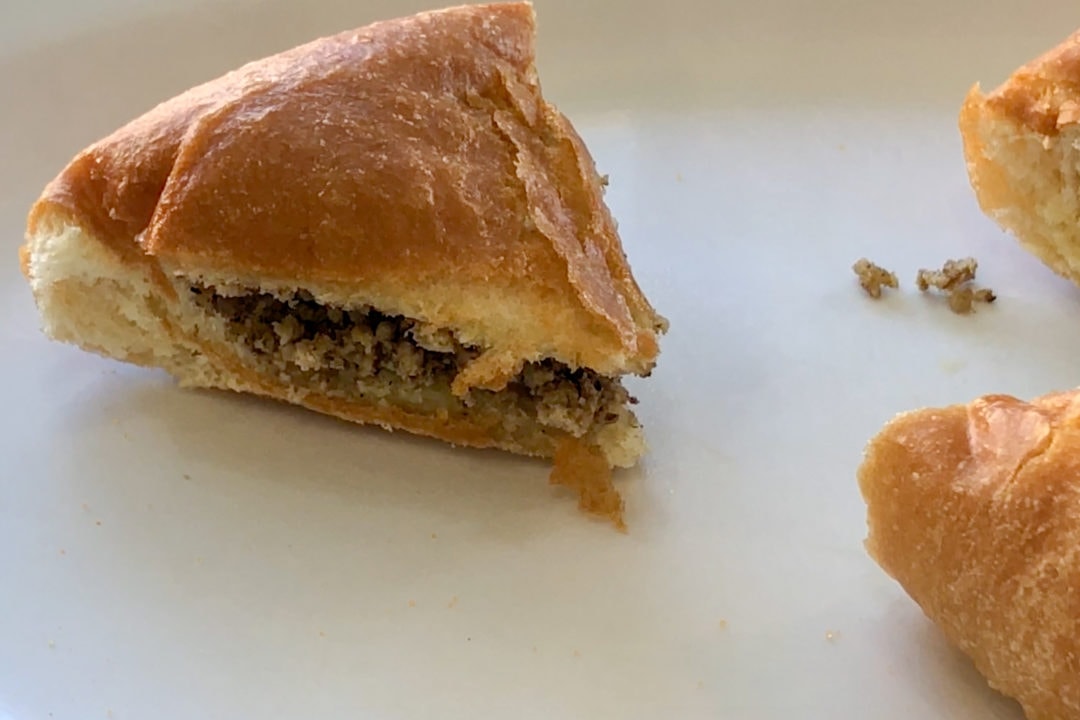
“The burek is bread dough with hamburger, cabbage, and secret spices,” Florian says. “The recipe has been handed down generation to generation. Our kolach dough is about a 3-inch round dough that’s hollowed out with fruit put on top of that hollow and baked.”
Not everyone in Wilson claims Czech heritage. “My heritage is German,” Virginia says. “We have people ask about the burek—a lot of German areas do serve burek, the countries are side by side. The recipes crossed the border back and forth.”
Wilson After Harvest Czech Festival
The best place to see the town celebrate its roots is at the Wilson After Harvest Czech Festival, which takes place the last weekend of July. This year will mark the annual festival’s 60th anniversary with arts, crafts, and one of the largest small town parades in the country. The streets of Wilson are closed to traffic as people stroll the midway, beer or ice cream in hand. Competitive visitors can join the cornhole, volleyball, or softball tournaments. There’s also a Miss Kansas Czech/Slovak Queen Pageant in which contestants model traditional kroje outfits and perform in a talent competition.
At night the party really kicks off with live music. This year, Joe Dolezal will play Czech polka music and Kansas Music Hall of Famers Jimmy Dee and The Fabulous Destinations will return as they have off and on for the past 30 years.
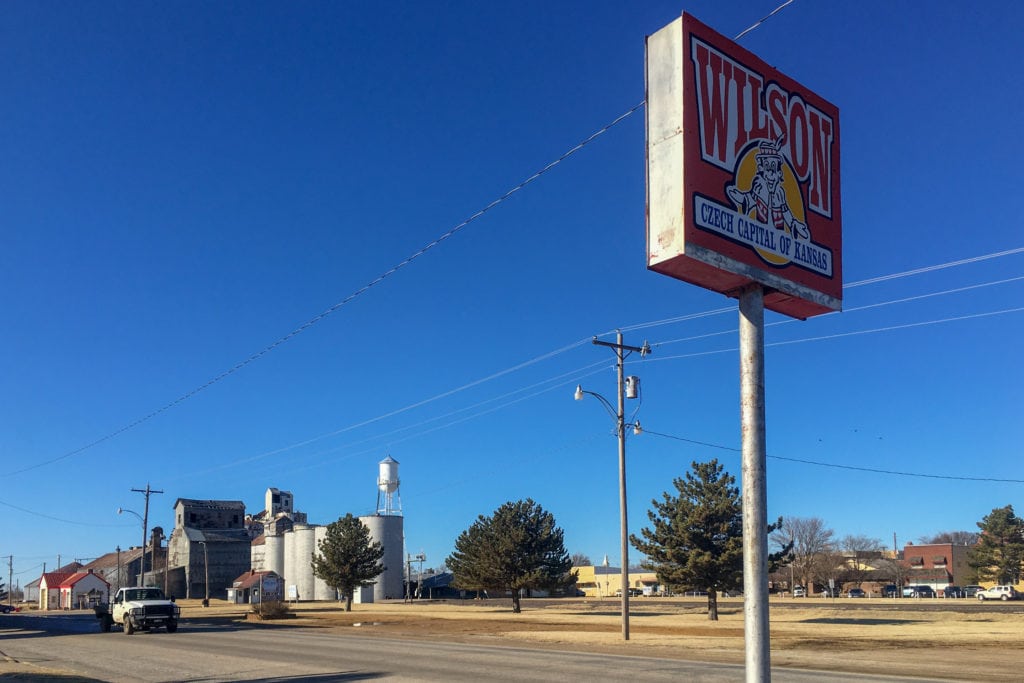
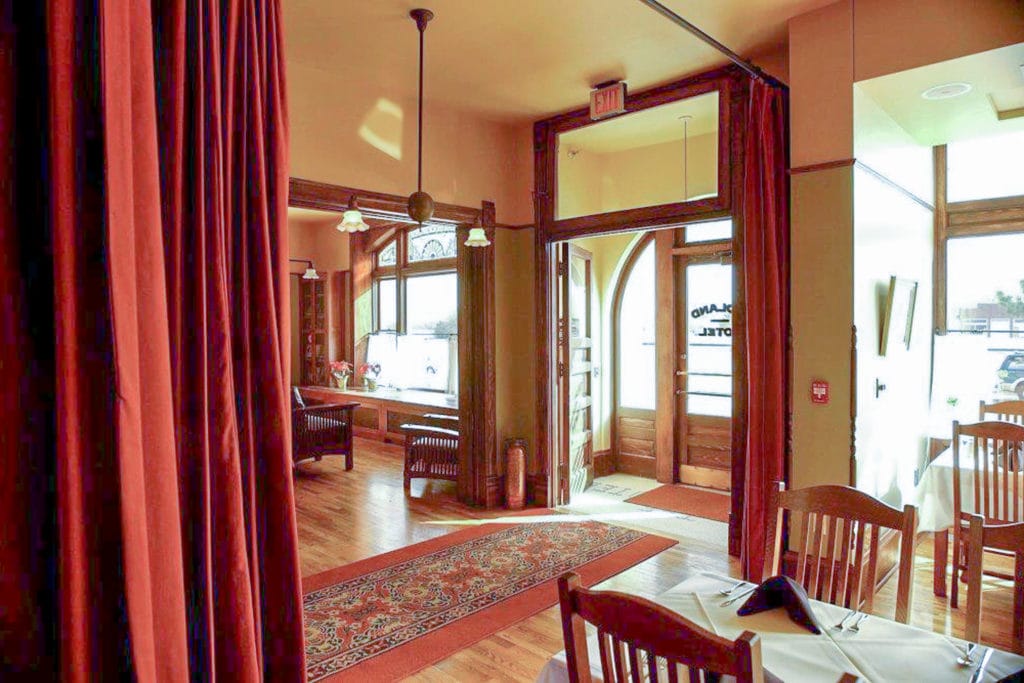
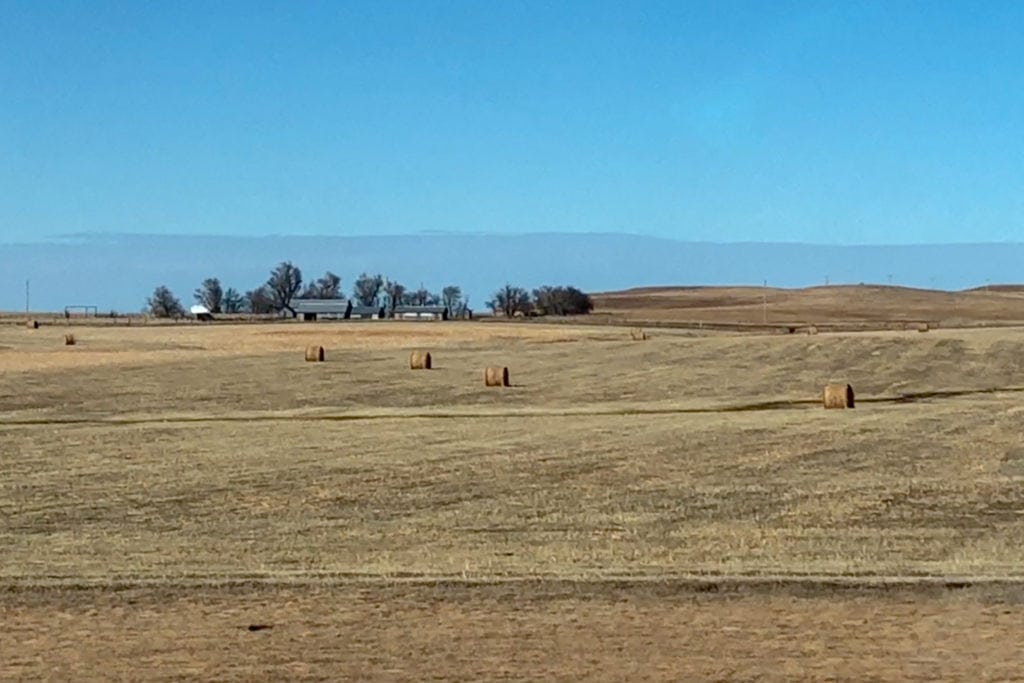
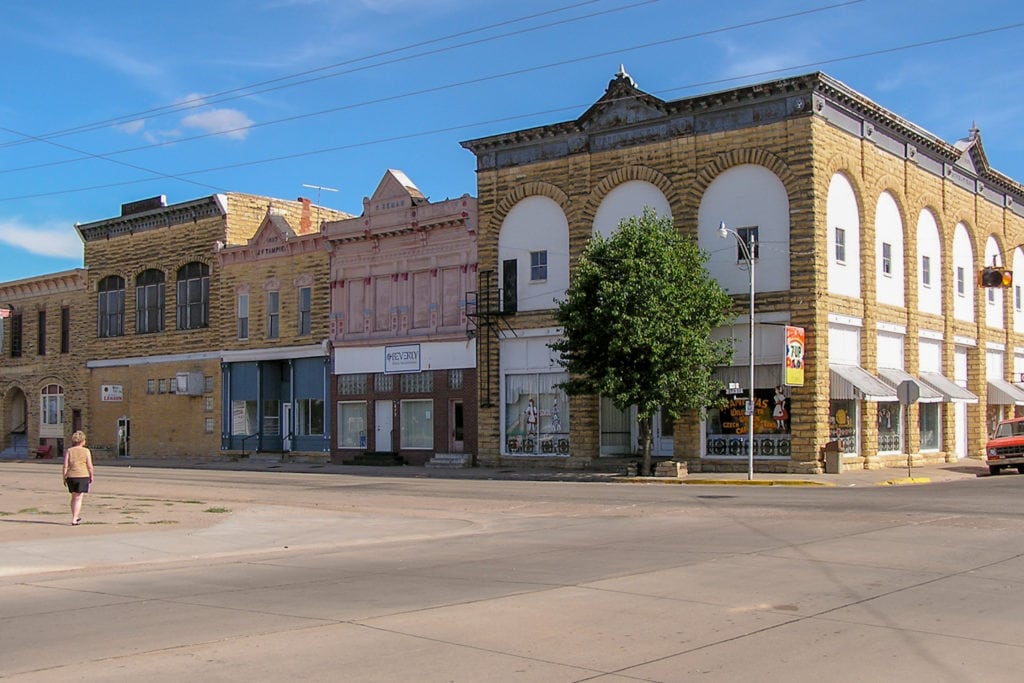
Festival co-chair Kate Schiermeyer says that community pride is at an all-time high during the festival. She remembers “marriage proposals on the band stage following an epic night of singing and dancing and loving memories—like when you witness your little Czech dancer pull up their grandparent at the end to perform the chicken dance.”
Beyond the festival, Wilson has a few more tricks up its sleeve. A perfectly round limestone tower, constructed in 1907 to hold water, was used as the City Jail until 1963; it’s now on the National Register of Historic Places. With a lack of access to wood on the great plains, the original Czech immigrants made dug-out houses of brick and sod, eventually rebuilding them in limestone. Some of these historic limestone buildings still stand in town. The Midland Railroad Hotel, which dates back to the 1800s, was restored in 2003 and is now also listed on the National Register of Historic Places.
Last, but certainly not least, the 20-foot-tall Czech egg that put Wilson on the map now helps celebrate the town’s Bohemian heritage all year round.
If you go
The World’s Largest Hand-Painted Czech Egg is open year-round. There’s no charge to visit the park or see the egg up-close. The Wilson After Harvest Czech Festival is held the last weekend of July.

